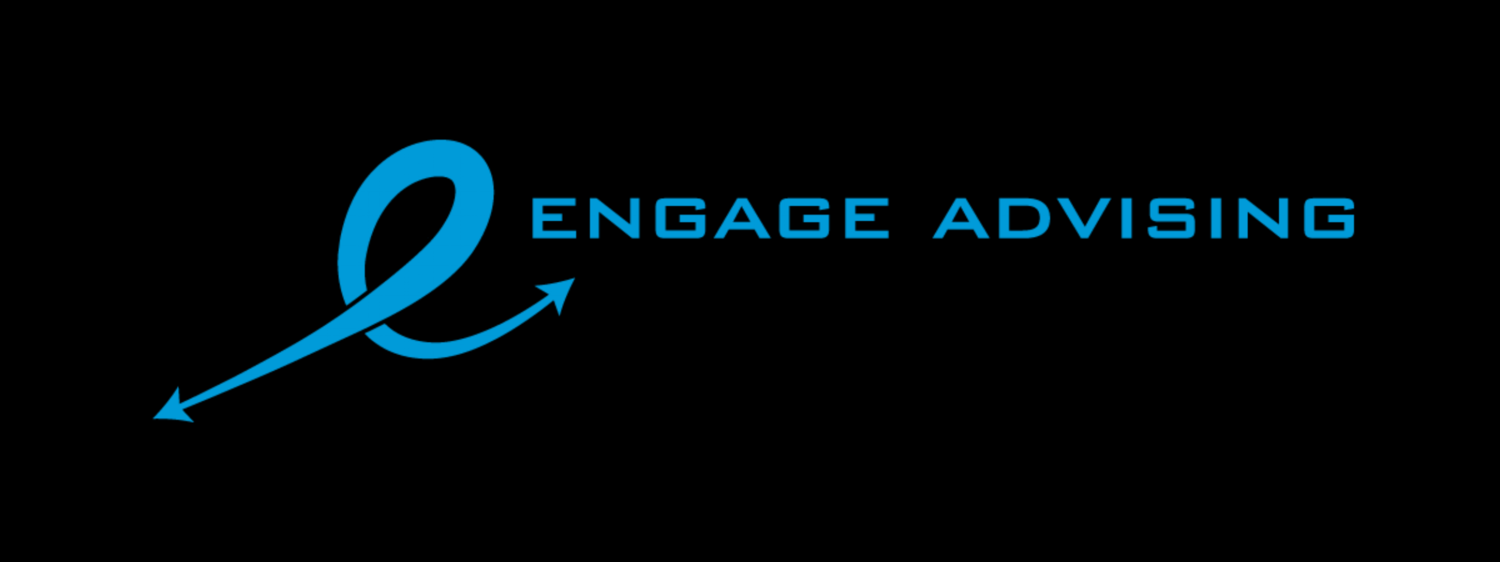This month, many of you have set resolutions, goals, and tasks to achieve. January being the start of a new year is a great time to take stock and make those choices. One choice you should make, is to be certain your 401(k) plan is on automatic increase (sometimes referred to as automatic escalation).
Many of us set our 401(k) contribution when we enroll and then forget to check that annual contribution. Each year, it’s good idea to increase your contribution by a percent or more. We are learning that realistically we need to save 10% to 15% of our lifetime earnings for a secure and comfortable retirement. I lean toward the higher number for security.
To check this, log into your 401(k) account. Each provider has this feature in a different location but it’s generally in your contribution or deferral percentage area. What you want to look for is your deferral percentage and review your current percentage. There should be an option for “auto increase” or “automatic escalation”. Be sure this is set to 1% at minimum. You can schedule the annual increase for more if can afford the deferral. Regardless, you can’t exceed the 2021 maximum personal contribution of $19,500 (or $26,000 if you are age 50 or older).
It’s good to do this at the beginning of the year and really take advantage of the higher contribution, time, compounding, and dollar-cost averaging over the years. Increasing your annual contribution by at least 1% per year can really help you hit that higher savings threshold and build your account balance over time. It’s automatic going forward and can make a big difference.
How big of difference? Consider this example from U.S. News & World Report from 2017: Assume that two 401(k) savers, both age 25 and earning $40,000, each contribute 6 percent of their pay to the plan. Both also receive a 2 percent raise each year and get the same 6 percent rate of return on their investments. But only one of them chooses auto-escalation, with the contribution rate rising 1 percent each year and maxing out at 15 percent of the person's annual salary. By age 65, the employee not using auto-escalation would have saved approximately $513,000, while the employee using auto-escalation would have more than $1.1 million.1
Use auto increase to grow your account over time.
That’s a big difference in how well-funded and secure your retirement could be. Moreover, most will not even miss 1% increase per year from salary. Take the above example in year two. Your new base salary would be $40,800. At 6% on your original salary, you would be contributing $2,400 per year. After your 2% raise and 1% automatic increase to 7%, you would be contributing $2,856 per year. That averages out to roughly $8.77 per week more than you are contributing, but you are potentially growing that annual increase exponentially over time.
Want to talk about your 401(k)? As an independent Certified Financial Planner™, I can help you analyze your 401(k) help you get on track. Contact me and let’s get started. #talktometuesday #education #Hireaplanner #stressfree #newyear #savings #goals #2021 #debtfree #budget #401k #autoincrease #autoescalate #CFPPro #LetsMakeAPlan
1. Rebecca Lake, Build a Better 401(k) Balance With Auto-Escalation, U.S. News & World Report, June 23, 2017, https://money.usnews.com/investing/articles/2017-06-23/build-a-better-401k-balance-with-auto-escalation


